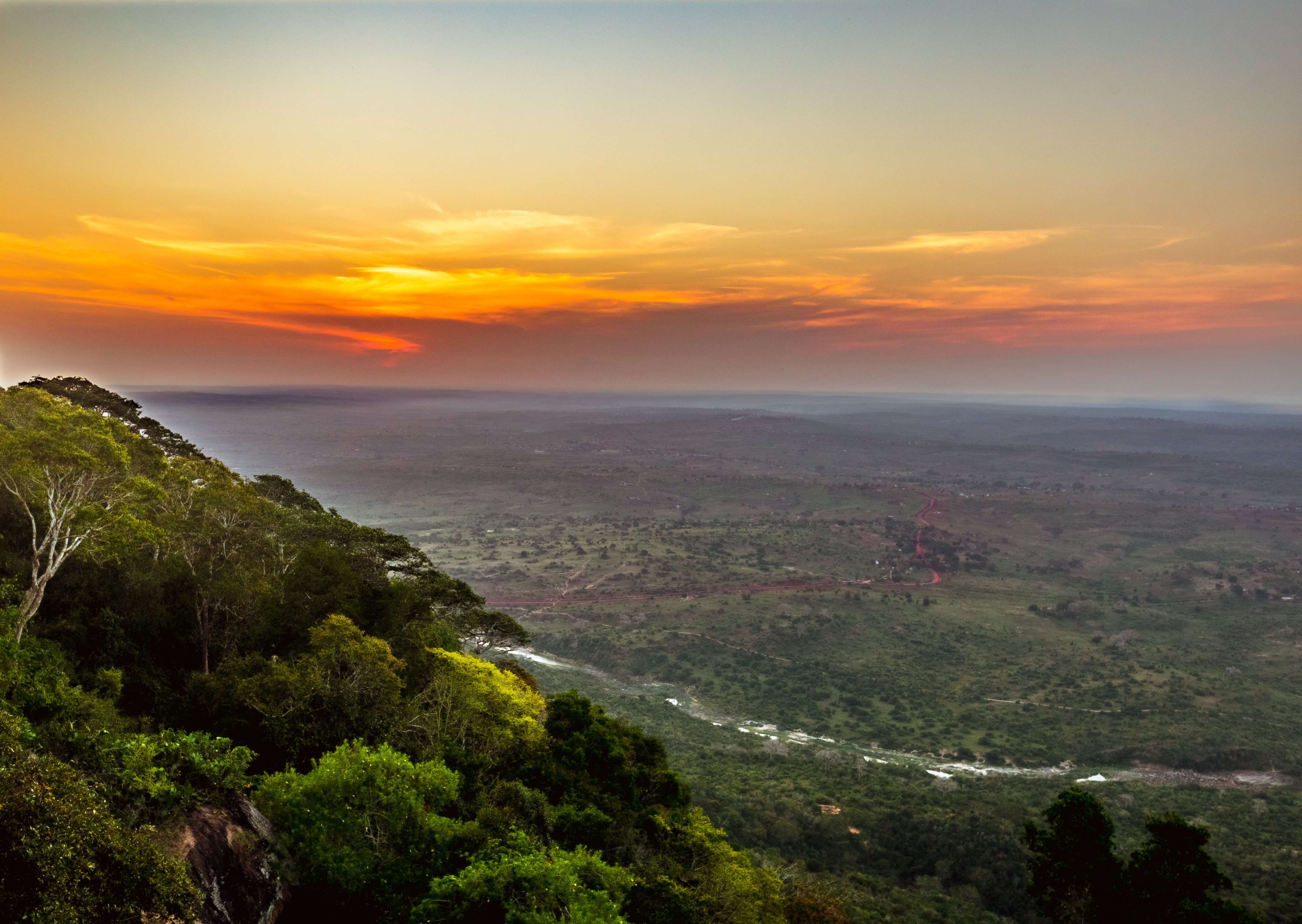
On Tuesday, it was reported that a family of four had gone missing in Tsavo East National Park during a weekend camping trip.
According to a statement from Kenya Wildlife Service (KWS), the family entered the park on Saturday through Manyani Gate and were scheduled to spend two nights at the remote Luggards Falls Special Campsite.
They were expected to exit the park via Sala Gate by Monday, but concerns were raised when there was no sign of their departure by 8pm.
This resulted in KWS deploying a large-scale search and rescue mission, combined of ground and aerial resources, including two fixed-wing aircraft, a helicopter, and three Land Cruiser units, in a race against time to locate the missing couple and their two children.
The family was found at around 11am on Tuesday, following an intensive 24-hour search operation.
“In a dramatic turn of events this morning, Tsavo Trust pilot Nick Haller spotted the family - a couple and their two children - near Kabaguchil Ranger Camp on the remote Yatta Plateau, approximately 50 kilometres north of their planned route,” KWS said.
KWS said Haller immediately landed his helicopter and confirmed that all four individuals were unharmed and in good health.
According to KWS, Preliminary reports indicate the family's vehicle became immobile during an unauthorised deviation from their planned route while on a game drive.
“Their decision to remain with the vehicle played a critical role in their timely rescue,” KWS said.
Following the incident, the Star has delved into detailing what one should do in the case that they find themselves stranded in a national park.
Getting stranded in a national park can be frightening, but staying calm and knowing what to do can make all the difference.
In the case that you're stranded, here are some essential tips to help you:
STAY CALM AND STAY PUT
If you find yourself lost in the national park, do not panic. Try to groub yourself by taking deep breaths and assessing your situation.
Avoid wandering unless you are certain of where to go. Staying in one place makes it easier for rescuers to find you.
SIGNAL FOR HELP
Use a whistle, mirror, or brightly colored clothing to attract attention.
If you have a phone with service, call or text emergency services. Drop a pin of your location if possible.
Create visible signs like SOS using rocks or branches in an open area.
If allowed, lit a fire and use leaves to start a smoke signal.
FIND OR BUILD SHELTER
Protect yourself from harsh weather by finding natural shelter - under a tree - or building a simple structure with branches and leaves.
Keep dry and warm – hypothermia is a real risk, even in warm climates.
CONSERVE WATER AND RATION FOOD
Do not drink untreated water unless it’s absolutely necessary. If you must, use purification tablets.
Eat small portions and make supplies last. Do not eat unknown berries or mushrooms – some can be toxic.
STAY VISIBLE AND MAKE NOISE
Periodically make noise with a whistle or by shouting to alert nearby hikers or rangers.
Use your map and compass (If available)
If you are sure of your direction and the terrain is safe, you can try heading to a known trail or landmark—but only if absolutely necessary.
AVOID DANGEROUS WILDLIFE
Do not approach or feed animals.
Keep your food secured and stay alert.
Make noise while moving to avoid surprising animals.
Keep track of time and conditions
Note down the changes in weather and daylight.
Avoid traveling in the dark, and ensure to seettle down in a safe spot before nightfall.
BE PREPARED BEFORE YOU GO
Always tell someone your itinerary and expected return time.
Carry a first aid kit, emergency blanket, map, water filter, snacks and a fully charged phone or GPS device.
Use natural navigation clues
If your phone or compass is dead, use the sun’s movement to get a rough sense of direction.
Flowing water often leads to civilization – but only follow it if it is safe and you are certain it’s the right decision.
Mark your location
If you need to move, leave trail markers like arrows made of sticks, notes stacked stones.
These help rescuers track your movements.
Manage your energy
Avoid overexertion, especially in hot or high-altitude areas.
Travel during cooler parts of the day—early morning or late afternoon.
Use fire as a lifesaver
If safe and allowed, start a small campfire for warmth, protection and signaling.
Use damp leaves or green branches to create smoke signals.
Protect yourself from insects and sun
Use natural repellents like mud to keep insects away.
Protect yourself from sunburn with shade, long sleeves, or even mud as a barrier.
Have prior knowledge of the local hazards
Before your trip, research if the park has lions, snakes, or poisonous plants.
If you encounter a predator, don’t run. Back away slowly, make yourself look big and stay calm.
Use emergency gear wisely
Don’t waste batteries. Always turn off flashlights or phones when not in use.
Use reflective materials like foil from snacks or emergency blankets, to reflect sunlight and draw attention.
Stay mentally strong
Isolation can be mentally taxing. Stay hopeful. Many people are rescued within 24–72 hours.
Keep your mind busy by tracking time, journaling, talking to yourself or praying, singing or planning your next steps.










